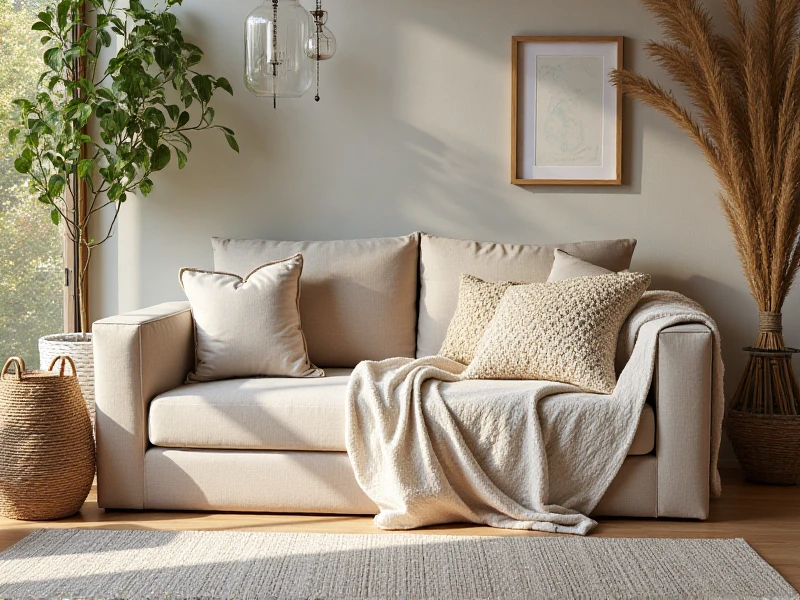The Essential Guide to Textiles: Evolution, Innovation, and Sustainable Practices
2025-06-04

Here is an SEO-optimized article focusing on "textiles", written for an online audience:
From the clothes we wear to the furnishings in our homes, textiles are woven into the very fabric of human existence. More than just materials for clothing, textiles encompass a vast world of fibers, yarns, fabrics, and their applications, underpinning major industries and constantly evolving through innovation.
Understanding the Foundation
Textiles are materials primarily formed through weaving, knitting, crocheting, knotting, or felting natural or synthetic fibers. These raw fiber sources dictate fundamental properties and categorize textiles broadly:
1. Natural Fibers:
Plant-Based: Cotton (soft, breathable), Linen (durable, cool, from flax), Jute (strong, coarse), Hemp (stronger than cotton, durable), Sisal (rough, for ropes/mats).
Animal-Based: Wool (warm, resilient, from sheep), Silk (luxurious, smooth, from silkworms), Cashmere & Angora (ultra-soft, warm), Leather/Hides (durable, protective).
Mineral-Based: Asbestos (fire-resistant, now largely banned), Glass Fiber (insulating).
2. Synthetic Fibers (Man-Made):
Regenerated: Rayon, Viscose, Modal, Lyocell (Tencel™ - derived from wood pulp, offering properties akin to silk or cotton).
Synthetic Polymers: Polyester (strong, quick-drying, versatile), Nylon (strong, elastic), Acrylic (wool-like, soft), Spandex/Elastane (high elasticity), Polypropylene (lightweight, moisture-wicking). Olefin is another common name for polypropylene fibers.
Specialty: Aramid (e.g., Kevlar® - extremely strong, heat resistant).
The Journey from Fiber to Fabric
The transformation from raw fibers into useable textiles involves complex processes:
1. Spinning: Short staple fibers (like cotton or wool) are twisted into continuous yarns. Long filament fibers (like silk or synthetics) may be used directly or textured. Spinning technology continues to advance for increased efficiency and yarn quality.
2. Fabric Formation:
Weaving: Interlacing warp (lengthwise) and weft (widthwise) yarns at right angles. Creates stable fabrics like denim, poplin, and canvas. Innovations like 3D weaving are pushing boundaries.
Knitting: Interlooping yarns. Results in stretchable and comfortable fabrics like jersey, knits for T-shirts, and sweaters. Seamless knitting offers new design possibilities.
Nonwovens: Fibers are bonded together chemically, mechanically, or thermally, skipping the yarn step. Used in medical textiles, wipes, geotextiles, and filters. This sector is one of the fastest-growing within the textiles industry.
3. Finishing: Post-production treatments applied to fabrics to enhance performance, aesthetics, or feel. This could include bleaching, dyeing, printing, coating (e.g., waterproofing), brushing (softening), or applying flame retardants. Sustainable finishing processes are a major focus area.
Modern Innovations Reshaping Textiles
Today's textiles are far more than passive materials. Research and engineering lead to fabrics with extraordinary capabilities:
Smart & E-Textiles: Integrated sensors monitor vital signs or environmental conditions. Fabrics with conductive yarns enable touch-controlled interfaces or heating elements within clothing.
Performance Textiles: Engineered for specific functions: moisture-wicking athletic wear, water-repellent outerwear, fire-resistant uniforms, breathable yet windproof membranes.
Micro & Nano Technologies: Fabrics treated with nanoparticles gain properties like self-cleaning surfaces, UV protection, or enhanced water repellency without heavy coatings.
Technical Textiles: Designed for technical/functional applications beyond apparel: medical (implants, bandages), geotextiles (soil stabilization), Agrotextiles (crop protection), protective clothing, automotive textiles (tire cords, interior composites).
The Imperative Shift: Sustainability in Textiles
The textiles industry faces significant pressure and responsibility to become more sustainable:
Eco-Conscious Materials: Rise of organic cotton, recycled fibers (PET bottles to polyester, textile waste recycling - "closed-loop"), Tencel Lyocell (produced sustainably in a closed-loop process), hemp, and natural dyes.
Water & Energy Reduction: Implementing waterless dyeing technologies (supercritical CO2 dyeing), digital printing, energy-efficient machinery, and wastewater treatment advancements.
Responsible Manufacturing: Commitment to fair labor practices, ethical sourcing, transparency in supply chains, reducing chemical usage, and ensuring worker safety.
Circular Economy: Designing textiles for durability, repairability, and recyclability from the outset. Developing effective end-of-life solutions, including take-back programs and advanced recycling technologies to turn waste into new fibers. Biodegradable textiles also offer an end-of-life solution for specific applications.
Certifications: Look for GOTS (Global Organic Textile Standard), OEKO-TEX®, Bluesign®, Fair Trade, GRS (Global Recycled Standard) to identify sustainable products and practices.
Beyond clothing and furnishings, textiles are fundamental in countless applications: medical devices (implants, sutures), safety gear (firefighter suits, harnesses), construction (tarps, insulation), transportation (car interiors, aircraft composites), agriculture (weed barriers), environmental protection (filters, oil spill absorbents).
The world of textiles is dynamic and foundational. From ancient techniques to cutting-edge nanotechnology and e-textiles, they evolve constantly to meet human needs. As we advance, the integration of innovation with deep commitments to environmental stewardship and ethical production defines the future success of this essential global industry. Consumers and manufacturers alike increasingly focus on materials and processes that minimize impact while maximizing performance, longevity, and recyclability. Choose wisely, support innovation, and embrace the future of sustainable textiles.
Interested in learning more about specific textile innovations or sustainable sourcing for your business? Contact our experts today.
Category: